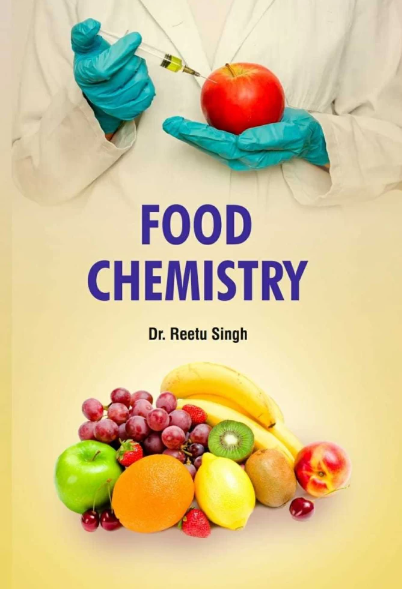Emerging insights into dysprosium vanadate wrapped graphene oxide nanocomposites for electrochemical detection of carbendazim in water and food samples
IF 8.5
1区 农林科学
Q1 CHEMISTRY, APPLIED
引用次数: 0
Abstract
Carbendazim (CBM) is a pesticide commonly used as a fungicide to reduce infections and higher yield. However, CBM residues pose a significant environmental and health hazard, which requires the development of efficient detection methods. This study presents the synthesis of dysprosium vanadate wrapped graphene oxide (DyVO4@GO) nanocomposite for CBM sensing and the prepared DyVO4@GO was confirmed by XRD, XPS, FE-SEM, TEM, and EDX techniques. Obtained electrochemical results confirm that DyVO4@GO-modified glassy carbon electrode (GCE) shows enhanced electron transfer, higher active surface area, and improved electrooxidation response towards CBM than the unmodified electrodes. Further, the Differential pulse voltammetry (DPV) study reveals a wide linear detection range of 0.01–248.5 μM, with a limit of detection of 1.46 nM. The sensor also exhibited admirable selectivity, reproducibility, and storage stability. Finally, the CBM sensing in water and fruit samples using DyVO4@GO showed excellent recovery, proving its potential for environmental monitoring and food safety.

钒酸镝包裹氧化石墨烯纳米复合材料用于水和食品样品中多菌灵的电化学检测的新见解
多菌灵(CBM)是一种常用的杀菌剂,以减少感染和提高产量。然而,CBM残留会对环境和健康造成重大危害,因此需要开发有效的检测方法。本研究合成了钒酸镝包裹氧化石墨烯(DyVO4@GO)纳米复合材料,并通过XRD, XPS, FE-SEM, TEM和EDX等技术对制备的DyVO4@GO进行了验证。得到的电化学结果证实,DyVO4@GO-modified玻碳电极(GCE)比未修饰的电极具有更强的电子转移,更高的活性表面积和更好的对CBM的电氧化响应。差分脉冲伏安法(DPV)的线性检测范围为0.01 ~ 248.5 μM,检测限为1.46 nM。该传感器还表现出令人钦佩的选择性、再现性和存储稳定性。最后,利用DyVO4@GO对水和水果样品中的CBM进行传感,显示出良好的回收率,证明了其在环境监测和食品安全方面的潜力。
本文章由计算机程序翻译,如有差异,请以英文原文为准。
求助全文
约1分钟内获得全文
求助全文
来源期刊

Food Chemistry
工程技术-食品科技
CiteScore
16.30
自引率
10.20%
发文量
3130
审稿时长
122 days
期刊介绍:
Food Chemistry publishes original research papers dealing with the advancement of the chemistry and biochemistry of foods or the analytical methods/ approach used. All papers should focus on the novelty of the research carried out.
 求助内容:
求助内容: 应助结果提醒方式:
应助结果提醒方式:


